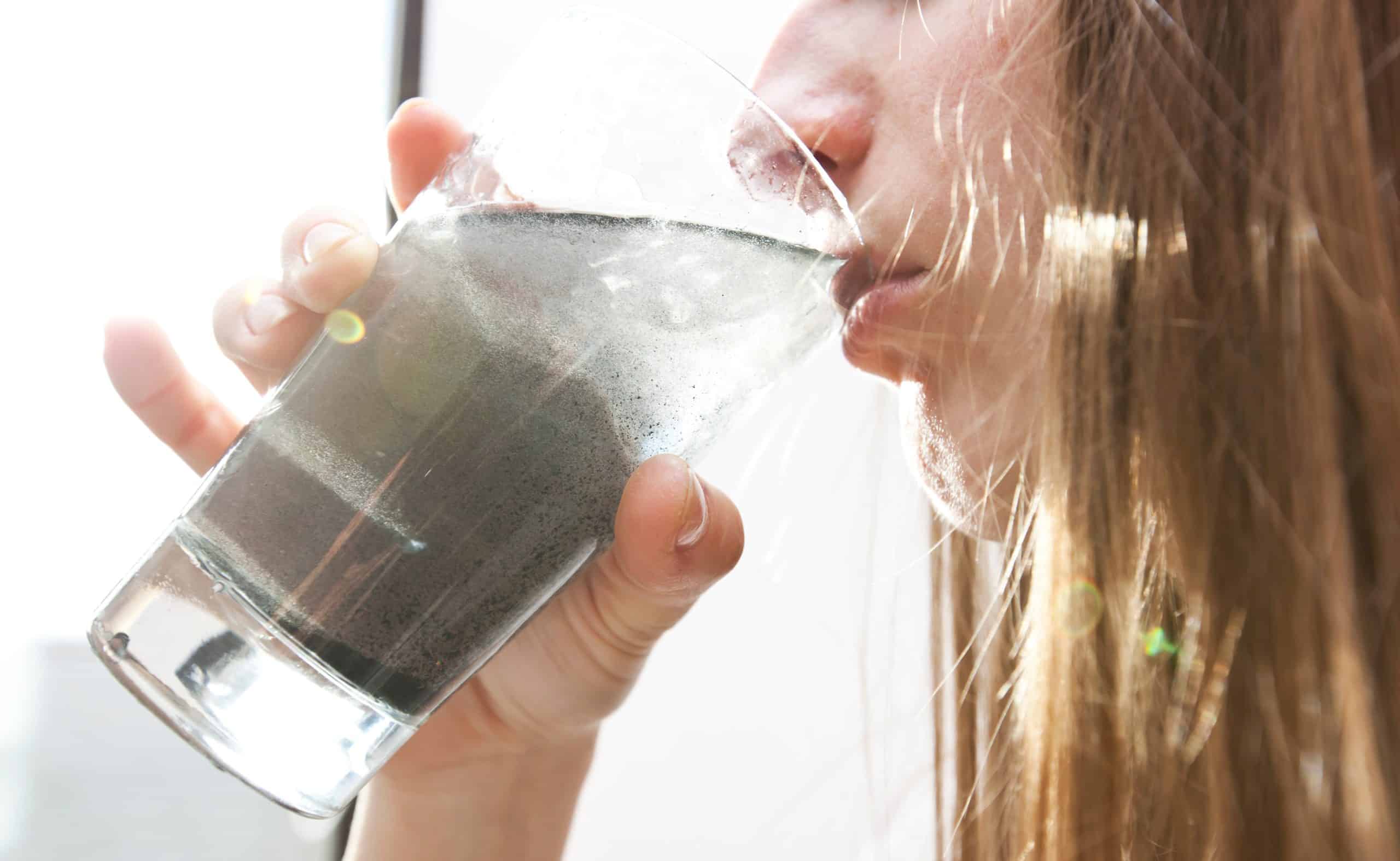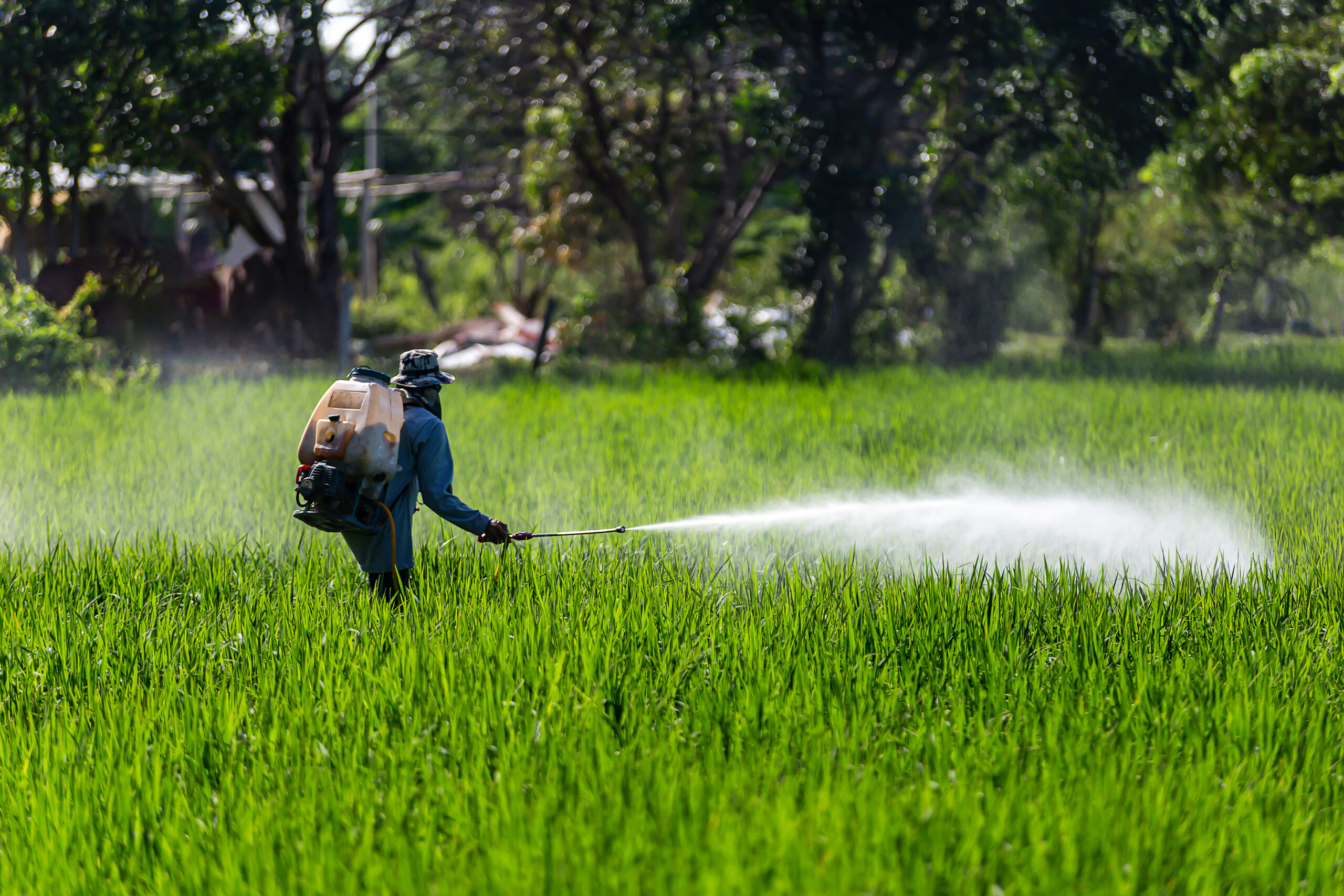Tap Water Toxins – And What You Can Do To Avoid Them
A recent analysis from the Environmental Working Group shows that despite meeting federal safety regulations, tap water toxins are elevated in many areas of the United States, meaning this water is not safe to drink. The data collected from public water systems across the nation reveals widespread contamination, with known and suspected carcinogens present in many supplies. These pollutants come from sources such as industrial chemicals, agricultural runoff, and water-treatment byproducts.1
In 2009, the Environmental Working Group (EWG) conducted a three-year study that found there were 316 different chemicals in tap water nationwide. 202 of these chemicals were unregulated, while others exceeded the recommended levels set by authorities.2
Tap Water Toxins – Radioactive Compounds
Radioactive compounds are some of the most dangerous substances found in tap water. These compounds can cause a variety of health problems if ingested and should be tested for before drinking any tap water. Exposure to high levels of radiation can lead to birth defects, and other long-term health problems.
Radium is a naturally occurring radioactive element that can enter the drinking water supply from underground sources. It has been linked to several health issues, including birth defects. Uranium is another naturally occurring element that can be present in tap water in areas where it is naturally abundant. Studies have shown that exposure to even low levels of radium and uranium in drinking water may increase the risk of long-term health problems.3
Radon is an invisible, odorless, and tasteless gas that comes from the natural breakdown of uranium in soil, rock, and water. It can enter our homes through the air or through drinking water sources like wells. Radon is a leading cause of long-term exposure to high levels can be very dangerous. The EPA recommends testing for radon in our home and testing the water supply of public wells to determine if the levels are too high. If they are, there are several options available to reduce radon levels in your tap water.4
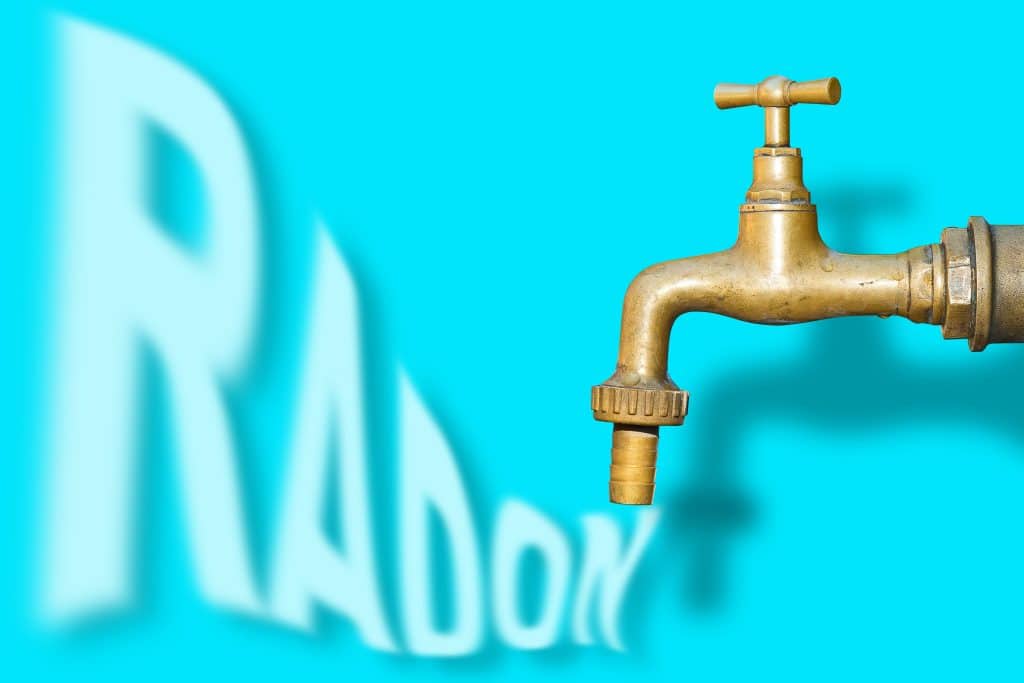
Tap Water Toxins – Pesticides
Tap water can be contaminated with a variety of toxins, including pesticides, herbicides, and chemical pollutants. Pesticides are chemicals designed to kill or control pests that may contaminate drinking water sources. These contaminants enter the water supply from agricultural run-off, industrial waste sites, and other sources.
Herbicides are used to control weeds and can contaminate water sources. Chemical pollutants can come from industrial waste sites and other sources, including those produced by humans during everyday activities. These pollutants are more likely to enter the water supply when it rains or floods, as they are washed away into nearby streams, rivers, lakes, and other water sources. All of these toxins can affect human health if ingested or inhaled in large quantities.
Atrazine
Atrazine is a widely used herbicide that has been found in the tap water of many communities. Atrazine contamination has been linked to various health problems, including reproductive and hormonal issues, and birth defects.
In 2011, the EPA Scientific Advisory Panel conducted a review to assess the potential human health impacts of atrazine and found evidence indicating that exposure to the chemical may increase the likelihood of non-Hodgkin lymphoma.5
Read more about thyroid dysfunction.
Glyphosate
Glyphosate is a widely used herbicide and one of the most common toxins found in tap water.6 It has been linked to endocrine disruption, developmental and reproductive damage, neurological disorders, and more.7 8 It is particularly concerning that glyphosate accumulates over time in the body’s soft tissues, increasing toxicity.
In the US, glyphosate is found in many common foods and beverages, including breakfast cereals, granola bars, oatmeal, and potato chips. Additionally, it is commonly used on non-GMO crops as a pre-harvest desiccant to dry out plants faster so they can be harvested sooner. This means that many of the foods and beverages we encounter on a daily basis are likely to contain glyphosate residues.
Read more about the link between glyphosate and disease.
Tap Water Toxins – Animal Waste Runoff
Animal waste runoff from farms and other agricultural operations is a major source of water contamination. Animal manure contains oxygen-depleting nutrients such as nitrogen and phosphorus, which can lead to algal blooms that kill fish and other aquatic life. The bacteria in animal waste can also contaminate drinking water sources, making them dangerous for human consumption. In addition, animal waste runoff can contain heavy metals such as lead, mercury, and arsenic that can be damaging to human health.9
Tap Water Toxins – Heavy Metals
Heavy metals are another common tap water toxin. These toxins result from industrial activities such as mining, manufacturing, and accidental spills. Some common heavy metals found in tap water include lead, mercury, arsenic, cadmium, chromium, and copper. All of these pollutants can cause serious health issues if ingested over a long period of time. These contaminants are not always easy to detect because they may not have any taste, odor, or color in your tap water.
Read more about how damaging toxic heavy metals are to your health.
Lead
Lead is one of the most dangerous heavy metals that can be found in tap water. It is a neurotoxin and has been linked to numerous health problems, such as brain damage and learning disabilities. Some of the sources of lead contamination in drinking water include old plumbing fixtures, soldering containing lead, and industrial waste runoff.10
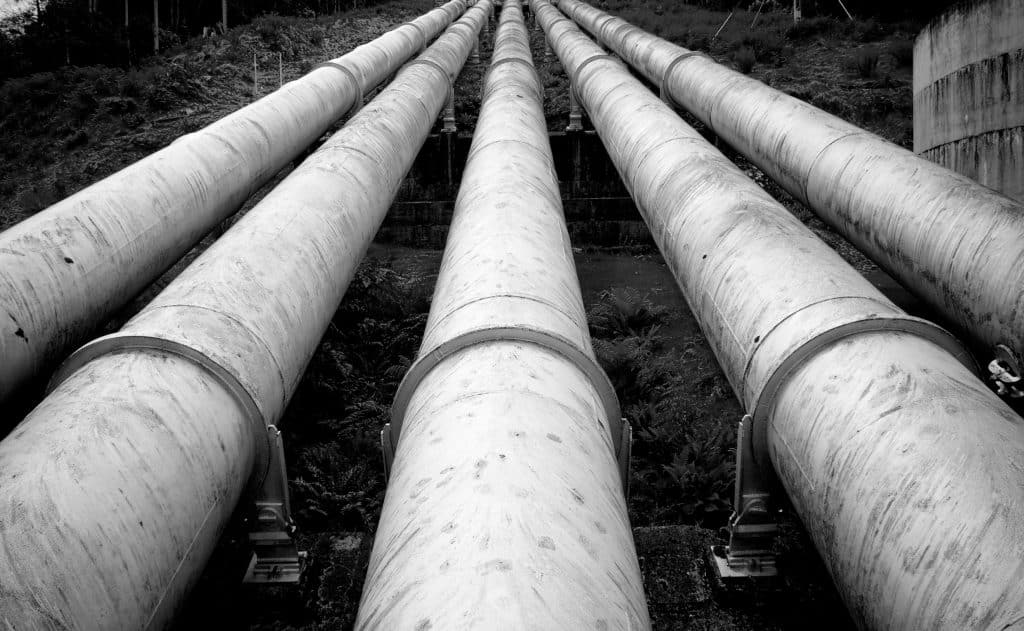
Arsenic
Arsenic is a metalloid that can be found naturally in the environment. It is often present in drinking water sources, particularly ground or well water. When present in drinking water, arsenic can cause numerous health problems.
Tap Water Toxins – Chromium-6
Chromium-6 is a toxic heavy metal found in some tap water sources. It has been linked to numerous health problems, including damage to the gastrointestinal tract, liver, and kidneys. Chromium-6 can also be found in certain industrial byproducts such as leather tanning compounds and welding fumes. The most common way for people to be exposed to chromium-6 is through drinking tap water.12
Tap Water Toxins – Nitrates
Nitrates can seep into the water supply from agricultural runoff or wastewater treatment plants. They can increase the risk of health issues such as reproductive problems, and thyroid issues.13
Tap Water Toxins – PFAS
PFAS are a group of man-made chemicals that are used in many products we use every day, from nonstick cookware to waterproof clothing. Unfortunately, these chemicals can enter the environment and contaminate our drinking water sources. PFAS have been known to cause health defects such as hormone disruption, and immune system damage.
Studies have shown that long-term exposure to PFAS can lead to decreased fertility in both men and women. Unfortunately, these chemicals are not easy to remove from the environment and can remain in our drinking water for years.14
Tap Water Toxins – Endocrine-Disrupting Chemicals
Endocrine-disrupting chemicals (EDCs) are substances that can interfere with the body’s hormones. EDCs are found in many of our everyday products, from plastic food containers to pesticides and cleaning products. And unfortunately, EDCs have been detected in tap water as well.15
Studies have suggested a link between certain health and reproductive issues such as infertility, and thyroid dysfunction. EDCs can be particularly harmful to unborn babies since they’re still developing.16 17
The most common type of EDC found in tap water is bisphenol A (BPA). BPA is a synthetic chemical used in plastic and epoxy resins, which can leech into tap water. It’s also been linked to organ system damage, reproductive issues, and more. Other types of EDCs that have been detected in tap water include phthalates and parabens.18
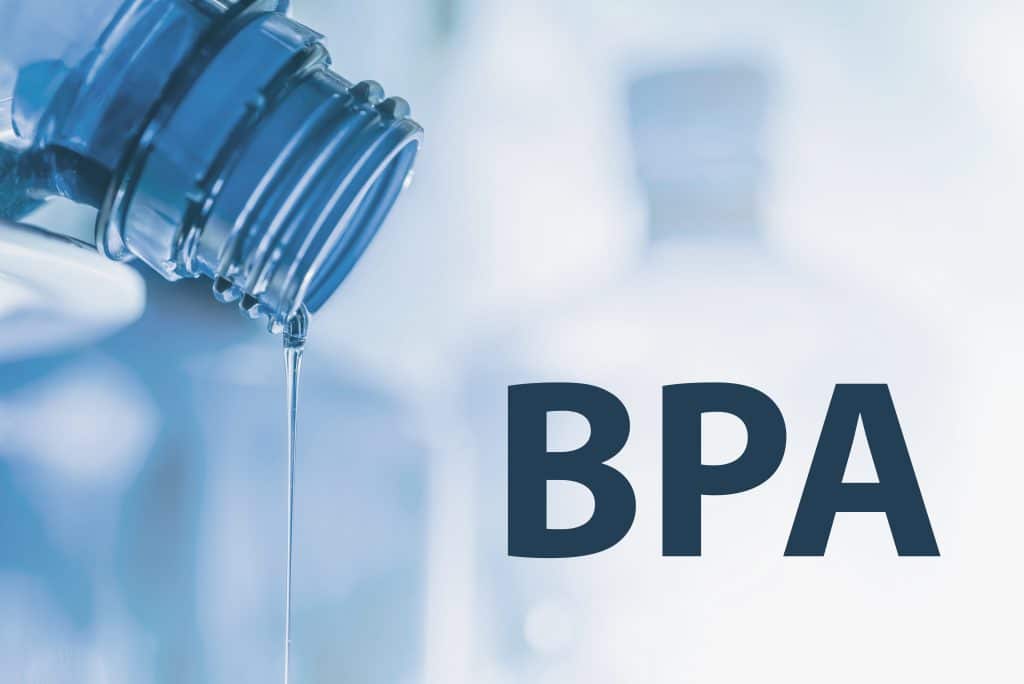
Tap Water Toxins – Fluoride
Fluoride lowers IQ scores in children, causes dental fluorosis, and damages the thyroid gland. In addition, fluoride is known to accumulate in bone and promote bone loss. This can be especially dangerous for individuals who have a low calcium or vitamin D intake as it increases their risk of developing osteoporosis. Furthermore, high levels of fluoride have been linked to kidney damage and even infertility in both males and females.19
Read more about Vitamin D.
Tap Water Toxins – Chlorine
Chlorine is one of the most common toxins found in tap water. Chlorine enters our drinking water as a result of chemical treatment during the process of purifying it. Chlorine is added to water supply systems to kill bacteria and other microorganisms, but when it comes into contact with organic matter such as leaves or soil, it can create dangerous chemicals such as THMs and HAAs. These chemicals have been linked to reproductive issues, increased risk of heart attack and stroke, and other serious health problems.20
Tap Water Toxins – Pharmaceuticals Drugs
Pharmaceutical drugs in tap water present a major health risk, as the chemicals found in these drugs are known to have adverse effects on human health. Pharmaceuticals can enter our water supply via wastewater effluent from pharmaceutical plants, wastewater treatment facilities, and residential sewage systems. These chemicals can remain in the environment for long periods of time and eventually make their way into our drinking water.
The most common pharmaceuticals found in tap water include antibiotics, hormones, anesthetics, and antipsychotics. In addition to these, several other drug classes have been detected in the environment, including anticonvulsants, anti-inflammatory drugs, and antidepressants.21
Tap Water Toxins – Chloroform
Chloroform is a chemical byproduct created during the water purification process. It has been linked to several health concerns, including reproductive issues. Ingesting high levels of chloroform can also lead to liver damage and kidney failure in some cases. Long-term exposure may also affect the nervous system, cause birth defects.22

Is Bottled Water A Better Option?
Bottled water companies are not required to list what contaminants are in their product. In fact, some brands of bottled water are tap water. A study by the National Resources Defense Council (NRDC) discovered that at least 25 percent of all bottled water is just regular tap water and 22 percent had levels of contaminants that exceeded state health limits.24
Another cause for concern when it comes to bottled water is the leaching of chemicals from plastic bottles. Bisphenol A (BPA) is one such chemical that can easily be transferred into the water. In fact, after water was bottled in PET plastic it was found to contain 300% more EDCs.25
Remove Tap Water Toxins – Reverse Osmosis System
Reverse osmosis is a filtration system that removes contaminants from water. This process involves passing the tap water through a membrane with small pores, which allow pure water to pass through but block contaminants. Reverse osmosis systems are effective at removing many of the toxins found in tap water, including chlorine and fluoride, as well as heavy metals and other contaminants.26
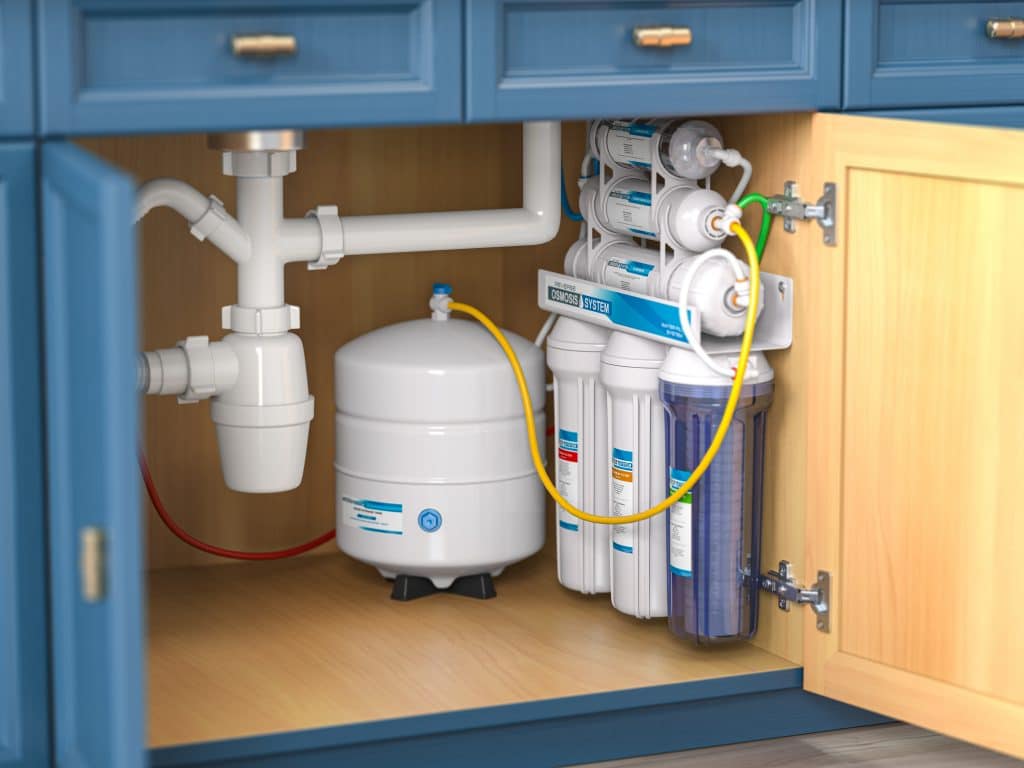
Healthy Water From A Reputable Artisanal Source
Artisanal water sources can be found in many locations around the world. Artisanal waters often offer a unique flavor profile and have a better mineral balance than other waters, making them highly sought-after. Additionally, a reputable artisanal spring will have been tested for purity and mineral content so you know exactly what is in the water you drink.
Stay Away From Tap Water Toxins
Whether you decide on a high-quality source of glass-bottled water, a reverse osmosis system, or artisanal water is up to you. In any case, you won’t be exposing yourself to tap water toxins that inevitably lead to disease.
Read more about other common toxins we are exposed to.
References
1 EPA still failing to act on widespread toxic chemical contamination of U.S. drinking water. (2021, November 3). Environmental Working Group. https://www.ewg.org/news-insights/news-release/2021/11/epa-still-failing-act-widespread-toxic-chemical-contamination-us
2 Luntz, T. (2009, December 14). U.S. Drinking Water Widely Contaminated. Scientific American. https://www.scientificamerican.com/article/tap-drinking-water-contaminants-pollutants/
3 Desideri D, Roselli C, Assunta Meli M, Feduzi L, Rongoni A, Saetta D. Radioactivity measurements and radiation dose evaluation in tap waters of Central Italy. Mol Nutr Food Res. 2007 Sep;51(9):1182-8. doi: 10.1002/mnfr.200700116. PMID: 17688298.
4 National Research Council. Risk assessment of radon in drinking water. Washington DC: National Academy Press, 1999.
5 Environmental Working Group. (n.d.). EWG’s Tap Water Database: Contaminants in Your Water | @ewg | #WaterSafety. https://www.ewg.org/tapwater/reviewed-atrazine.php
6 Noori JS, Dimaki M, Mortensen J, Svendsen WE. Detection of Glyphosate in Drinking Water: A Fast and Direct Detection Method without Sample Pretreatment. Sensors (Basel). 2018 Sep 5;18(9):2961. doi: 10.3390/s18092961. PMID: 30189680; PMCID: PMC6163928.
7 Levine SL, Webb EG, Saltmiras DA. Review and analysis of the potential for glyphosate to interact with the estrogen, androgen and thyroid pathways. Pest Manag Sci. 2020 Sep;76(9):2886-2906. doi: 10.1002/ps.5983. Epub 2020 Jul 17. PMID: 32608552.
8 Romano RM, de Oliveira JM, de Oliveira VM, de Oliveira IM, Torres YR, Bargi-Souza P, Martino Andrade AJ, Romano MA. Could Glyphosate and Glyphosate-Based Herbicides Be Associated With Increased Thyroid Diseases Worldwide? Front Endocrinol (Lausanne). 2021 Mar 19;12:627167. doi: 10.3389/fendo.2021.627167. PMID: 33815286; PMCID: PMC8018287.
9 American Chemical Society. (2011, February 15). Don’t blame the pill for estrogen in drinking water. ScienceDaily. Retrieved April 19, 2023 from www.sciencedaily.com/releases/2010/12/101208125813.htm
10 Rehman K, Fatima F, Waheed I, Akash MSH. Prevalence of exposure of heavy metals and their impact on health consequences. J Cell Biochem. 2018 Jan;119(1):157-184. doi: 10.1002/jcb.26234. Epub 2017 Aug 2. PMID: 28643849.
11 Environmental Working Group. (n.d.-b). EWG’s Tap Water Database: Contaminants in Your Water | @ewg | #WaterSafety. https://www.ewg.org/tapwater/reviewed-arsenic.php
12 Chromium-6 in U.S. Tap Water. (2010, December 20). Environmental Working Group. https://www.ewg.org/research/chromium-6-us-tap-water
13 Nitrate in U.S. Tap Water May Cause More Than 12,500 Cancers a Year. (2019, June 11). Environmental Working Group. https://www.ewg.org/research/nitrate-us-tap-water-may-cause-more-12500-cancers-year
14 PFAS Contamination of Drinking Water Far More Prevalent Than Previously Reported. (2020, January 23). Environmental Working Group. https://www.ewg.org/research/national-pfas-testing
15 Wee SY, Aris AZ. Endocrine disrupting compounds in drinking water supply system and human health risk implication. Environ Int. 2017 Sep;106:207-233. doi: 10.1016/j.envint.2017.05.004. Epub 2017 May 25. PMID: 28552550.
16 Green MP, Harvey AJ, Finger BJ, Tarulli GA. Endocrine disrupting chemicals: Impacts on human fertility and fecundity during the peri-conception period. Environ Res. 2021 Mar;194:110694. doi: 10.1016/j.envres.2020.110694. Epub 2020 Dec 30. PMID: 33385395.
17 Alsen M, Sinclair C, Cooke P, Ziadkhanpour K, Genden E, van Gerwen M. Endocrine Disrupting Chemicals and Thyroid Cancer: An Overview. Toxics. 2021 Jan 19;9(1):14. doi: 10.3390/toxics9010014. PMID: 33477829; PMCID: PMC7832870.
18 Santhi VA, Sakai N, Ahmad ED, Mustafa AM. Occurrence of bisphenol A in surface water, drinking water and plasma from Malaysia with exposure assessment from consumption of drinking water. Sci Total Environ. 2012 Jun 15;427-428:332-8. doi: 10.1016/j.scitotenv.2012.04.041. Epub 2012 May 9. PMID: 22578698.
19 Guth S, Hüser S, Roth A, Degen G, Diel P, Edlund K, Eisenbrand G, Engel KH, Epe B, Grune T, Heinz V, Henle T, Humpf HU, Jäger H, Joost HG, Kulling SE, Lampen A, Mally A, Marchan R, Marko D, Mühle E, Nitsche MA, Röhrdanz E, Stadler R, van Thriel C, Vieths S, Vogel RF, Wascher E, Watzl C, Nöthlings U, Hengstler JG. Toxicity of fluoride: critical evaluation of evidence for human developmental neurotoxicity in epidemiological studies, animal experiments and in vitro analyses. Arch Toxicol. 2020 May;94(5):1375-1415. doi: 10.1007/s00204-020-02725-2. Epub 2020 May 8. PMID: 32382957; PMCID: PMC7261729.
20 Xue R, Shi H, Ma Y, Yang J, Hua B, Inniss EC, Adams CD, Eichholz T. Evaluation of thirteen haloacetic acids and ten trihalomethanes formation by peracetic acid and chlorine drinking water disinfection. Chemosphere. 2017 Dec;189:349-356. doi: 10.1016/j.chemosphere.2017.09.059. Epub 2017 Sep 15. PMID: 28942261.
21 Pharmaceuticals in Water | U.S. Geological Survey. (2018). https://www.usgs.gov/special-topics/water-science-school/science/pharmaceuticals-water
22 220 Million Americans Could Have Chloroform in Their Tap Water. (2017, September 8). Environmental Working Group. https://www.ewg.org/news-insights/news/220-million-americans-could-have-chloroform-their-tap-water
23 EWG: Study Estimates More Than 100,000 Cancer Cases Could Stem From Contaminants in Tap Water. (2019, September 19). Environmental Working Group. https://www.ewg.org/news-insights/news-release/ewg-study-estimates-more-100000-cancer-cases-could-stem-contaminants-tap
24 The Truth About Tap. (2016, January 5). https://www.nrdc.org/stories/truth-about-tap
25 Martin Wagner, Jörg Oehlmann, Endocrine disruptors in bottled mineral water: Estrogenic activity in the E-Screen, The Journal of Steroid Biochemistry and Molecular Biology, Volume 127, Issues 1–2, 2011, Pages 128-135, ISSN 0960-0760, https://doi.org/10.1016/j.jsbmb.2010.10.007.
26 Reverse Osmosis Water Filters: When Are They a Good Choice? (2019, October 24). Environmental Working Group. https://www.ewg.org/news-insights/news/reverse-osmosis-water-filters-when-are-they-good-choice

